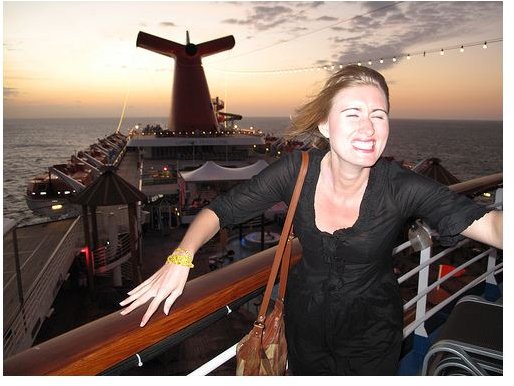How to Avoid Flash Blow Out - Flash Photography Tips & Techniques
Introduction
Flash photograph opens up an entire world of photography that goes beyond what the eye can see. With flash photography, your subject is lit for a brief instant so to be acquainted to it, you must learn to think and see as a flash. A flash can be used to accent, hide, reveal, or brighten your subject. However you decide to use it, you must learn to control it. The first step to learning about flash photography is to learn how to make it natural and subtle. One major way is to avoid flash blowout is to modify the hash light with a modifier (like a diffuser or umbrella) or to bounce it on a large surface like a wall or ceiling. By creating a larger surface for your light to emanate, you decrease the intensity per area that the light is originating from to create a softer more pleasing look.
External Flash Units (Flash guns, Speedlights, and Strobes)
Bouncing the flash
With a flash unit, this is the easiest way to get soft pleasing light with the flash on the camera. Most flashes have the ability to have the head tilt upwards toward the ceiling. Use this indoors to avoid that “deer in the headlights look.” This not only lights your subject but the entire room. Cameras these days have excellent TTL (through the lens metering) that can calculate the amount of flash needed fairly accurately so this can be done in any camera mode (AUTO, aperture priority, manual mode, etc…).
Diffuser or Modifier
Aside from bouncing, this is probably the second most popular way of softening flash lighting. Common diffusers include softboxes and shoot-through umbrellas. These are made of translucent white materials that diffuse light into a relatively huge area before reaching your subject. They come in a variety of sizes and allow you to expand your lighting creativity by freeing the flash from your camera. Now instead of on-axis lighting (flash on camera), you have the freedom to position your light(s) anywhere and achieve some cool effects.
Raising the ISO
Another way to make the flash not so powerful is to use a higher ISO (like 200, 400, or more ISO) so that the camera can pull in more available light on its own without the need for so much fill flash.
Slowing the Shutter Speed and Opening the Aperture
This works the same way raising the ISO does. It allows the camera’s sensor to pull in more natural light so less artificial light can be used to light your subject. Additionally, the aperture can be opened up (smaller F-stop number) to allow more light in.
Adjusting the Flash’s Power
The amount of power fired from a flash is calculated by the camera’s metering system (usually by TTL, through the lens metering). Most of the time it gives the right amount of flash, but if you need more or less light, use the exposure compensation to adjust the flash’s output by dialing up or down the flash’s exposure compensation.
Point and Shoot Cameras
While this article is mainly for digital SLRs and speedlights, point and shoot cameras can also benefit from some of the same techniques (raising the ISO and slowing the shutter speed with “NIGHT mode”). One of the most obvious techniques is the need to diffuse the flash on the camera. A quick and easy DIY method is to cut a piece of plastic from a milk jug and to place it in front of the flash. This will help expand the surface area of the flash to make it a bit softer. If this is not an option, white paper or tissues will work in a pinch.
